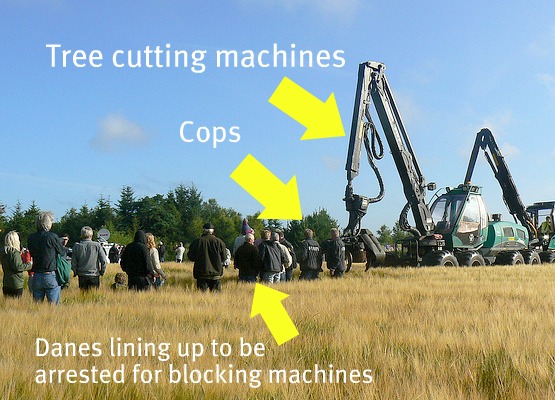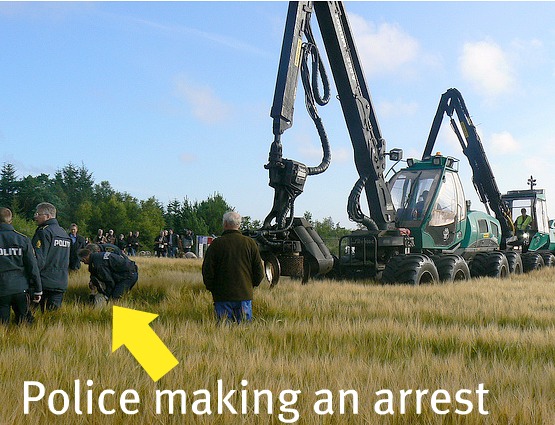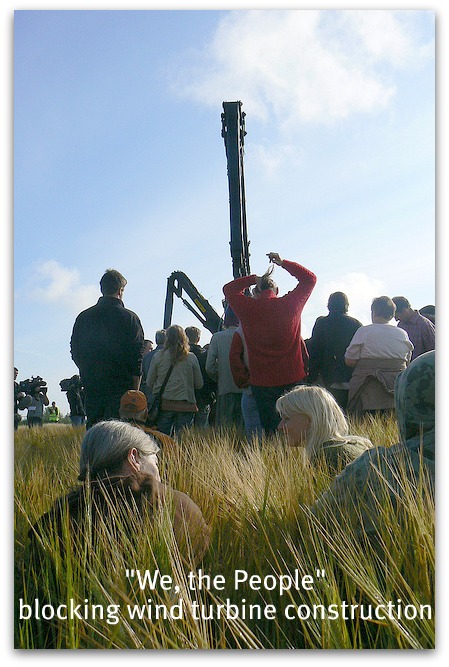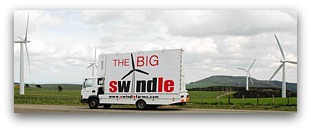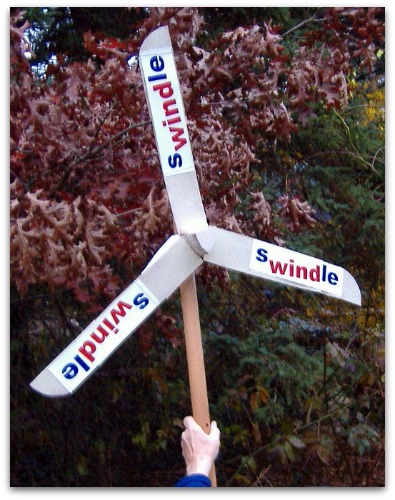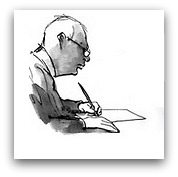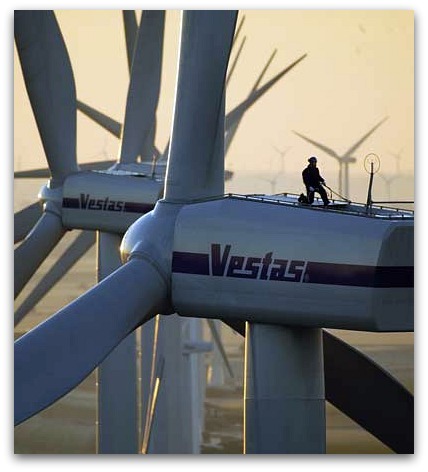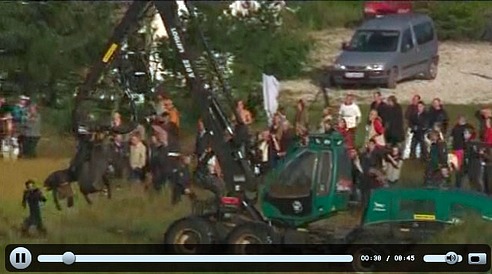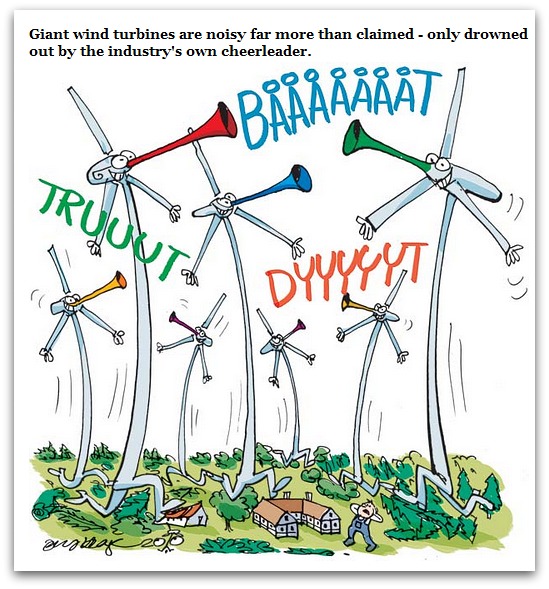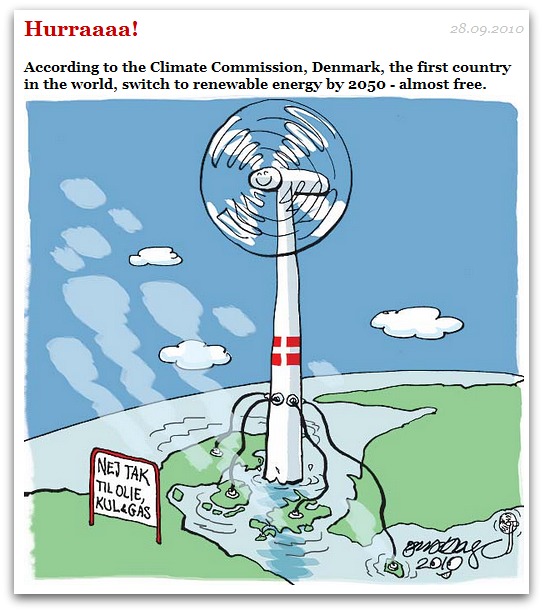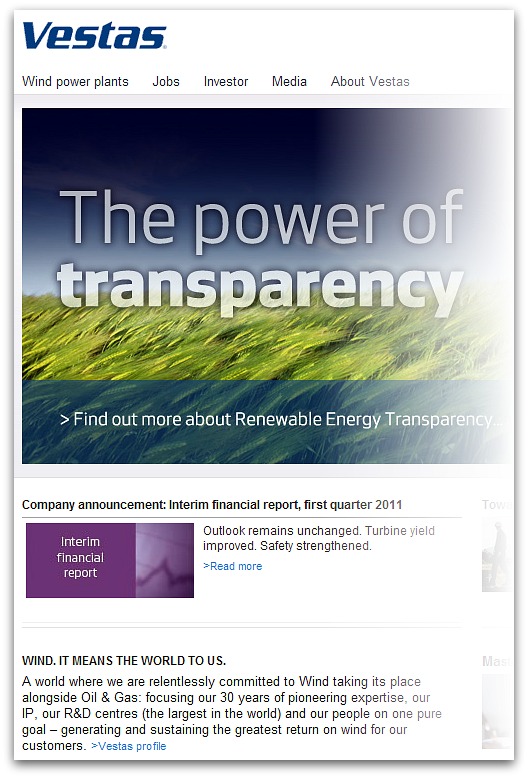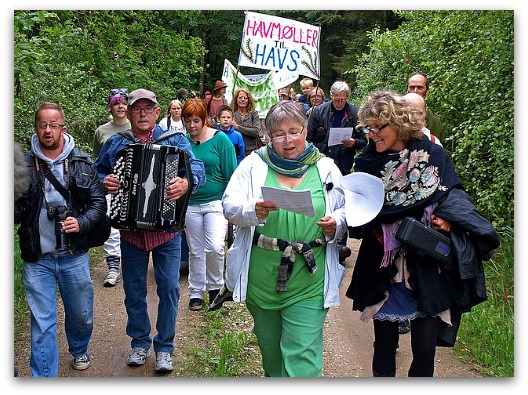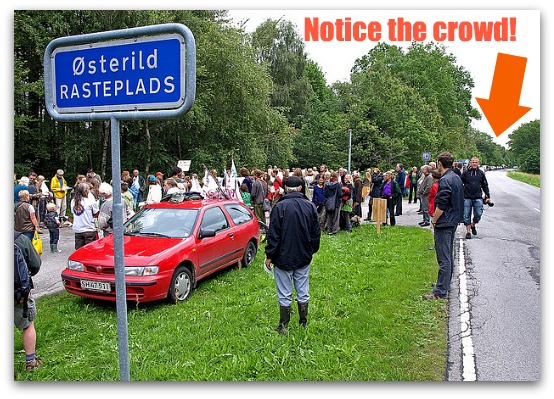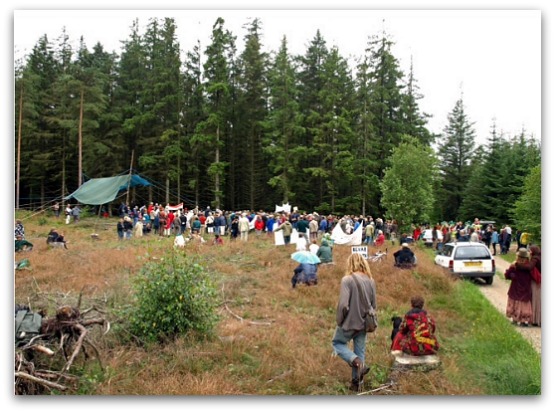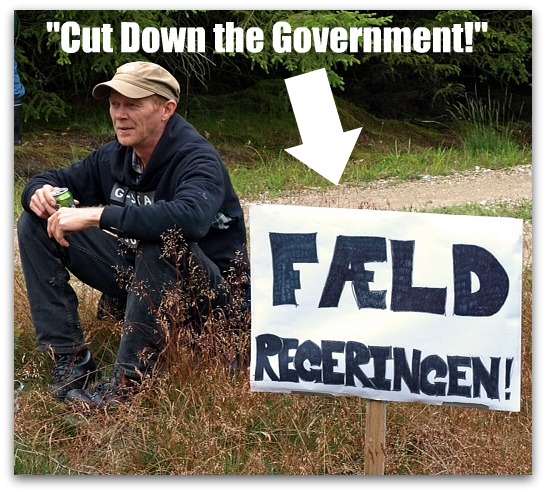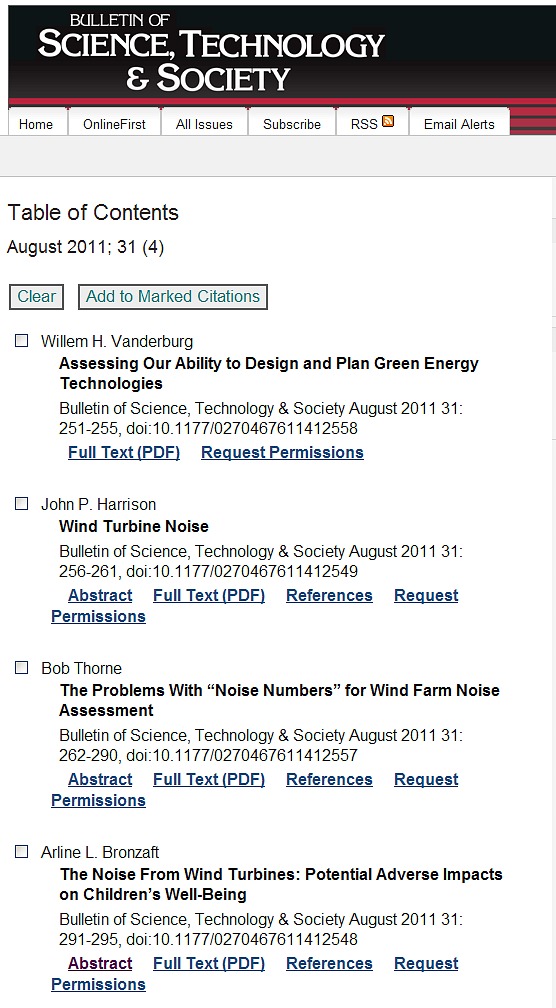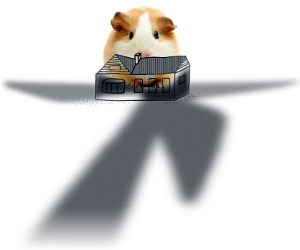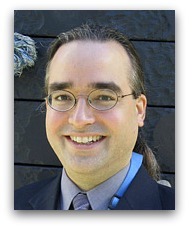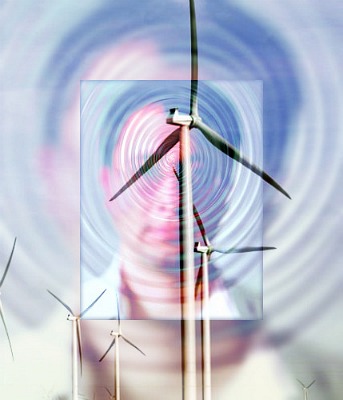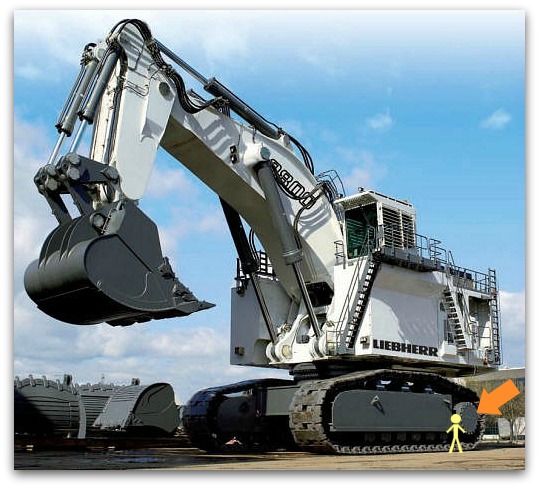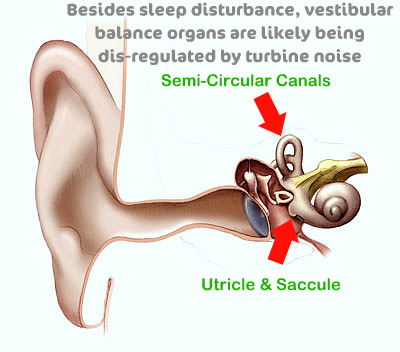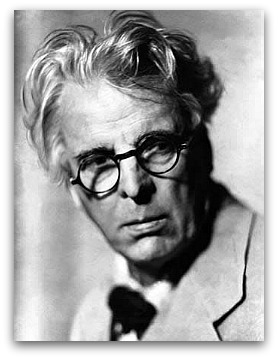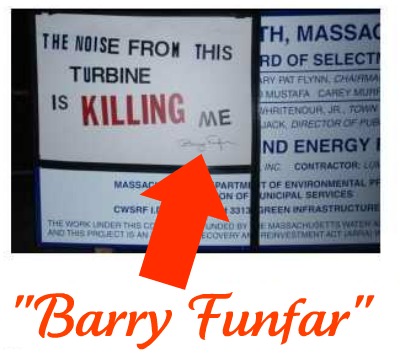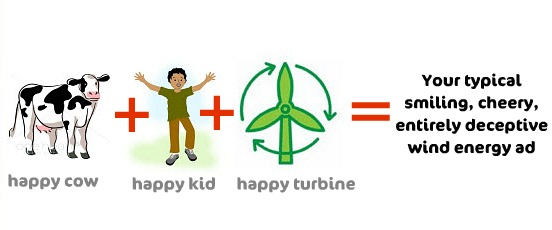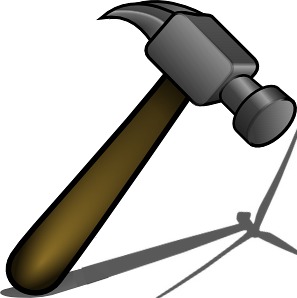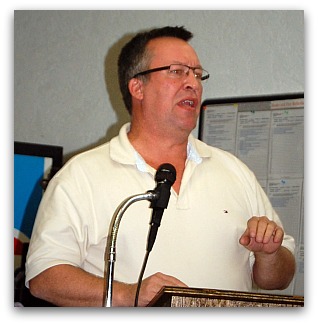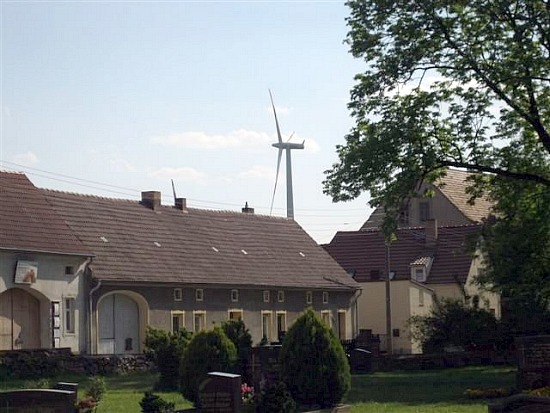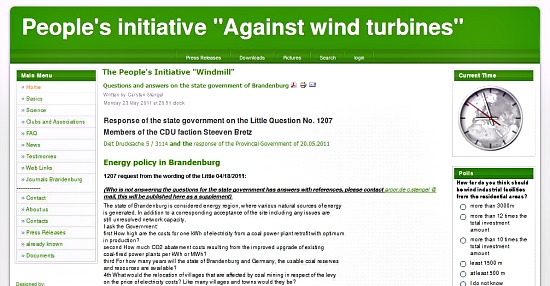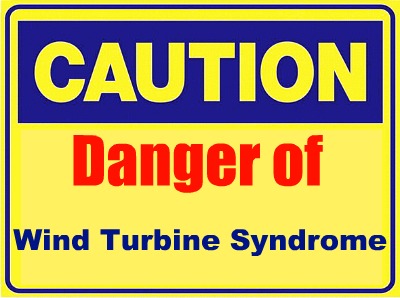·
“Against the Wind”
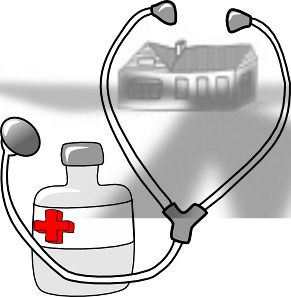
·
Editor’s note: The following is a feature article in Germany’s premier newspaper and magazine, Der Spiegel. Titled “Against the Wind,” it is the story of two women. Two women who are environmentalists and who oppose nuclear energy.
One, Hildegard Muller, is a powerful government and industry figure, a confidante of the German chancellor, and an urbanite. Hildegard Muller is a big promoter of wind energy.
The other, Jutta Reichardt, is a prominent environmentalist who took her beliefs about environmentalism back to the land. Jutta and her husband, Marco Bernardi, live rurally. Between them they have restored a failing farm. Unlike Hildegard Muller, Jutta Reichardt is profoundly opposed to wind energy—because of what it has done to her health and her community. Jutta is a poster child for Wind Turbine Syndrome.
The article is fascinating and well written. The problem is the English translation, below. It sucks! It sucks because I did it using Google Translate. Still, it’s worth reading, even though it’s a bit surreal owing to the digital translation. Worth reading because you get the overall picture. Mainly, you come to appreciate the travail of Jutta Reichardt.
The article (alas, only in German) is available here.
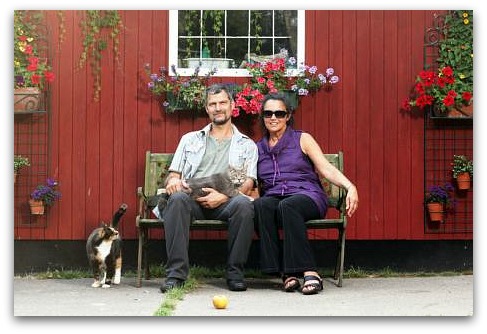 Jutta Reichardt & Marco Bernardi in front of their barn
Jutta Reichardt & Marco Bernardi in front of their barn
·
—Von Dialika Krahe, Der Spiegel 27/2011 (7/5/11), pp. 54-58
The energy revolution blurs ideological boundaries: Hildegard Müller, power lobbyist, and Jutta Reichardt, wind opponent, both want the nuclear phase-out, but they are now female opponents in the argument about the sacrifices one must expect the Germans. Dialika From Krahe
The woman who wants to make Germany nuclear free, “quickly and completely,” sits in a leather chair in her office, above the government district, through the glass front is Berlin the morning sky, she shrugs and says: “Granted is beautiful now something else.”
“Wow,” was Hildegard Müller, until recently, the northern German countryside “beautiful,” she found the trip to the North Sea on holiday, always up the A31, two hours length, fields, meadows. Mueller is a lobbyist, a confidante of the Chancellor, 44 years old, the face of energy is called. She wears a dark blue suit, a thick silver rings on the wrist band. You must be a woman who can understand the fears of the Germans, fears of ugly wind farms, concerns about price increases, power lines in lovingly landscaped gardens. She says: “The landscape of pleasure with my vacation started earlier, I admit, is already counting of windmills weighting.” But would that be if Germany wanted the energy transition: “The country will change its face.”
Mueller is chief executive of the Federal Association of Energy and Water, a powerful merger of 1800, catering to companies, including public utilities and grid operators, but also the four large nuclear power plant operators, RWE, E. ON, Vattenfall and EnBW. She is in her 16th since the CDU Age, she recalls how she sat as a teenager in Dusseldorf in the Catholic girls’ school with their classmates and teachers and ’68 discussed nuclear power. It was the time of Chernobyl, the time of anti-nuclear button, the time to do this or-contrast-being, and Muller was at that time to those who considered the nuclear energy “despite the risks” for a good cause. For 40 years, defended the Union, nuclear energy as a clean, safe form of energy – across Harrisburg, across Chernobyl – and with it the long and did Hildegard Müller. Even in autumn it has lobbied the government for the term extension.
And now, not nine months later, she says things like, “I do not want this energy revolution will fail,” or Miller. “Renewables, the control system of the future are” wants the nuclear phase-out no later than 2022 – which is usually around, as the German Farmers’ Association would engage against factory farming.
Something in her world has shifted. For this time of the parent or other hand-being-has given way to something new: Nuclear power advocates are skeptical about nuclear power, nuclear skeptics are afraid of renewable energies for the scenery, because of the noise, because of the porpoises. Last week the Bundestag voted in a broad majority in favor of the nuclear phase. The energy revolution, you can feel Miller, is also a change of beliefs.
“When I look out the window here now,” she says, pointing towards the road, “then I see nothing that has to do with energy. So far we have been key sites, power plants, only to see those who live around it. “Most would have no sense of where the power come from for their fridge. Now we need networks, gas-fired power plants, storage. “The new power supply will be more visible.”
Visible. Probably there is hardly anyone who can get a better idea what this means, as Jutta Reichardt. With her energy revolution has started long before Fukushima.
Jutta Reichardt is on her pond, a bucket of food in hand for the animals, Canada geese, it’s a warm afternoon in Neuendorf, Saxony-gang, not 13 kilometers from the nuclear power plant Brunsbüttel away. Calves running behind the house singing, birds, and wind turbines that surround Reichardt plot make this a sound as if you were standing on the hard shoulder of a motorway.
Reichardt is an athletic woman, choreographer and presenter, mid-50s, the sun has dyed her skin golden brown. “Wind turbines 122 in a radius of few kilometers,” she says, turns around and points his finger into the distance. “That one,” she says, nodding his head toward wind turbine, “that’s because just 320 meters from our house.” She reaches into the bucket, scatters, she wears a red tunic, a pair of glasses with red frames, she looks young, but she was sick, she says, her husband was ill, “ill wind power.”
Tinnitus, insomnia, high blood pressure, heart rhythm disorders, ulcers in the mucous membranes – several hospital stays. Reichardt 17 years ago moved with her husband, an engineer from Hamburg here in the country. They bought a Farmstead, put their money into it, 400 000 €, a beautiful house, red brick. From their site you can admire the lowest land point in Germany, 3.54 meters below the sea surface, the North Sea is only about half an hour. “We wanted peace and nature,” says Reichardt, which was her dream.
In the beginning there were only three wind turbines, “what could have been 1994 to wind power?” She says. But there were more, from year to year to year. The Renewable Energy Law of the Red-Green government intervened. The local farmers could plant one after the other up on their fields, because of the lease, they reaped it, perhaps, because they thought doing something for the climate. Even with Jutta Reichardt they stood before the door that the wind power company representatives and the mayor. And when she locked herself and later founded a citizens’ initiative, they became the enemy of many in the community. They had been threatened, says Reichardt, strange things happen estates, scratched cars, night calls. “Stands for the farmers so much money at stake,” she says, “the cash 18000-20000 € per turbine.”
It is this noise, a “Whack-Whack-Whack”, it describes Reichardt man who draws up beside his wife, “this monotonous, always when the wing passes the mast.” In wind power one it sounds like a freeway, says Jutta Reichardt. In wind power as a two-throwing machine. And from three wind strengths equal to the noise of a baling. “A striking, pounding sound.” Then there was the infrasound, frequencies are not audible, but noticeable nonetheless. Vibrations that they can not sleep. Bird species that fail. Shadows that dart through the room, as if the world a loose connection. “This is not a home anymore,” she says.
Jutta Reichardt empties the bucket and sit on the terrace outside her house, there’s rhubarb cake and tea, located next to a book, about which they can always touch her hand: “Wind Turbine Syndrome”, a research study of an American doctor. A collection of cases, people who are doing similar Jutta Reichardt. Who suffer from tinnitus, high blood pressure. It is one of many documents that have accumulated Jutta Reichardt and her husband over the years. There are Australian studies, studies from Portugal and experiences of people from all over northern Germany, who see a connection between their health complaints and the wind power plants around them. Some people only express fears that others already see evidence.
Reichardt’s spokeswoman EPAW, the European Platform against wind turbines, activists from 22 countries are involved. She speaks of decibel, of the “vibration-acoustic disease,” the fact that some of the symptoms disappear when she and her husband go to France on holiday, and that they come back once they are back on their property. In Germany it was taboo to say anything against wind power. Because then as a climate killer applies or friend as an atom. But “long term it comes to public health,” she says.
Jutta Reichardt’s not like you imagine a wind opponent: it is not for nuclear power, does not vote CDU, before they had even been for the Greens, “which was, as it was in the party or conservationists.” She was a member of the Conservation Federation, the Bund, as a young woman she demonstrated in Brokdorf, her husband at Biblis. X times they had been hit by water cannons, her car stuck on an anti-nuclear sticker.
Reichardt would be for wind power, for this “green and clean alternative” as they say. And that it is not, shows how old ideological opinions reshuffle: An atomic force his opponent does not necessarily have to wind energy, a nuclear-lobbyist is no longer for nuclear energy.
Miller can tell when her view changed radically in the nuclear energy. It was the 11th March, Friday. Hildegard Mueller turned on the morning show on television, she tells it, she saw that the earth had quaked in Japan, magnitude 9.0, that a tsunami had rolled the Japanese coast, across Japanese nuclear power plants. On the tsunami of 2004, she thought, she says, more pictures and messages came rushing, every hour, every minute, emergency power aggregates fell from the reactor cooling system, the same day Mueller and her colleagues taught a crisis team one.
And now, she says it was these questions because they, the politics, the whole of Germany now, not four months after Fukushima, employ more: “What conclusions do we draw from this disaster? What does this mean for Germany? For the economy and society?”
A month later, Mueller was sitting at Maybrit Illner and discussed in the show for now and not against the nuclear phase. Since then much has happened in the German energy policy.
The federal government has imposed a moratorium, 7 of 17 power plants from the grid immediately taken an ethics committee has met, a reactor safety commission examined. And in late May, the federal government, in great haste, the new energy plan agreed a package of laws on energy transition.
“We are here to make open-heart surgery,” says Mueller, Minister of State from 2005 to 2008 by Angela Merkel, the mother of a four-year-olds. She speaks of risk assessment and accountability. She is good at talking. “It’s not even the case that we intend anything in this country,” she says, “the energy revolution, together with the CO 2 targets the most ambitious project, which has a manufacturing country in the world. “A national project, 80 million people have since participate.
Mueller did not hesitate: “It is certainly the case that more interventions in the areas of life are needed by people.” Under current energy law have always existed here and there expropriations. It could not tell everyone: energy policy, yes, but not in my front yard. “This is not a threat, but an objective look at the situation.”
Jutta Reichardt, the wind force opponent knows the situation. For 17 years she has lived in her house, the property, the pond, the meadow belong to her. Expropriated it feels anyway.”? Surrounded by 122 wind turbines,” “Who would buy such a property yet,” she asks, this house is their retirement, and “. My husband was here his office, his clients,” Reichardt would like to go away, perhaps into abroad, but at present is the almost impossible, she says.
Reichardt thinks for a moment. “I’ve always been against nuclear power,” she says, “but not easy to be against it.” It was not then the fear was before the disaster, they have driven on the street, “for me was the real scandal is that you did not know how to get rid of the stuff again, that one does not know to this day.”
She exhales audibly. “And now, with the wind, repeats everything,” she says, “we think today just as much about the consequences of this new form of energy after such time when nuclear power.” Germany would be plastered with wind turbines without having to know the health risks .
There is an aerial view of the landscape that is home Jutta Reichardt. It shows the full extent: Hundreds of windmills that rise from the flat landscape. At night they are flashing red, the day they cast shadows, around the clock they send their sound. Reichardt and her husband have put the photo on their website windwahn.de where there are headings such as “eco-dictatorship,” “disease” or “conservation”.
The picture is a view of the presence of Jutta Reichardt and her associates from the dozens of citizens’ initiatives, which exist now in Northern Germany. But it’s also a glimpse into the future, it might look if the energy revolution will succeed: not only the north but also in Bavaria, the Black Forest, along the scenic route of the Romanesque in Saxony-Anhalt. Of the currently installed wind turbines provide care to an average of 1.3 megawatts each, that’s enough for 600 households. More than 21,000 wind turbines currently in Germany – the equivalent of about seven percent of electricity generation.
By 2020 the share of wind power increased to 20 percent. The share of renewable energies in total from 17 to 35 percent. First, many of the old plants will be replaced by more powerful. “Repowering” is called the: larger machines, longer blades, higher towers. The new wind turbines are on average only 1.3 instead of 5.5 megawatts afford. The Fraunhofer Institute for Energy and Wind Energy Systems Technology has determined that two percent of the Republic come as locations for wind turbines in question. On these surfaces could be 62 839 wind turbines.
Not everyone will think you are sick, not everyone finds the noise of wind turbines as an impressive live prejudicial, and not everyone has a problem with the sight of power lines, new gas power plants and pumped storage plants. But everyone will perceive a change, they will see, hear and feel the energy change.
Hildegard Müller and driving it forward, the energy revolution is underway, “to steer the process in the right direction,” she calls it, if she wants to make a significant difference in terms of their policy of energy companies. She also appeared once on the German Parliament, speaking in a meeting room in Berlin, Unter den Linden, on “EEG – quo vadis”. She wears a lime green costume, black and brown leopard shoes. On the chair next to her sits Bareiß Thomas, coordinator for energy policy of the CDU / CSU faction in the Bundestag, the managing director of the Federal Association for Renewable Energy is here. Representatives of wind power company, EnBW, E. ON, but mainly it’s the day federal seconded, listen to what Mueller has to say.
Mueller has already said the same things many times in recent weeks. For example, she likes to talk about the fact that the federal government presenting a breathtaking pace, and the legislation would still technically be clean. That “at the end of the day” the consumer would have to live with this transformation. Also, she speaks of the new trade-offs: from environmentalists who have concern for the porpoise, because the vibration during the construction of offshore installations disturb the orientation. And opponents of nuclear power, which had suddenly against wind power. The audience will laugh. People like Jutta Reichardt are meant.
Hildegard Mueller told you by Jutta Reichardt and her situation, she smiles, then says that one must take these concerns as seriously as the concerns of opponents of nuclear power. “We urgently need a consistent distance control for wind turbines – in some provinces there are only 300 meters, in others, they want 1500, “she says. You understand that you also says that many people into such increase in anxiety.
Mueller and Reichardt are located, without knowing it, almost ever met. At a trade show, the Husum Wind Energy. Muller was there as a spokesperson for the energy industry, Reichardt came as a protester. Mueller said that day: “The wind energy has become a major pillar in the renewable energy generation. Their share in electricity production has risen to seven percent and still offers great expansion potential. “Reichardt said a wind power advocate, how many nuclear power plants because they have already shut down, thanks to the wind. The man replied: “Biblis A, for two years.”
Reichardt says, she wanted the honesty of politicians. “That does not do so, as if one could replace all German nuclear power plants by wind turbines.” Many people in Germany believe in it. Reichardt is a ridiculous, hypocritical and even undemocratic.
Reichardt wants the nuclear phase. But slower. Decentralized, as it wants the federal government: “That was good, as was planned, a gradual withdrawal. A period in which one would think about what you can really do as an alternative. “She and her husband think that an expansion of geothermal energy would be good that turbulent water power plants are an option. And also research into nuclear fusion as a possible energy source, but one needs no radioactive material. “And there are not sufficient, decentralized solutions, one needs of course, coal and gas.” Reichardt and her husband have long been a solar system on the roof, with ten fields. They should make it sometime to get away, they dream of a land with a small stream where you can connect a turbulent water power plant.
Just as Reichardt, the wind force opponent, is also Hildegard Mueller, the lobbyist that more than “the uncomfortable side” must be spoken and honest. For example “the fact that we will need to use more conventional power plants, coal and gas. Furthermore, we can not simply replace what is missing from photovoltaic or wind. ” Mueller says, “The photovoltaic system on every house roof, which makes the individual citizen in his private independent power supply is still no guarantee of a developed country, which needs around the clock so its power. We have no storage for renewables, not the networks, “she says, a shortfall of around 3000 kilometers. “There is no good if you have 1000 hours of sunshine a year, but 8700 hours a year, at which citizens are to be supplied.”
Mueller and Reichardt, two women who want the same, an end to nuclear power. But Mueller thinks that the citizens need to see the big idea behind the whole society and that great ideas sometimes mean sacrifice. Reichardt is that the great idea just ruined the country.
She stands at the ferry landing on Foehr and looks at how the cars drive from the mainland to the island. In the cab of a truck, a driver has set up three miniature wind turbines, which turn frantically behind the windshield. Says, “Well, that’s nice again,” Reichardt and twisted her eyes. Reichardt is in a hospital. In addition to the complaints, which she attributes to the wind turbines, she is suffering from lymphatic cancer. There were specialists in America and Australia, maintain a link between wind turbines and for possible cancer. Reichardt is in contact with them is not convinced, but looking at their position after every grain of truth, even if it can be found at the end of anything.
Every day she wears her blood pressure in a list, collect their medical findings and sends the data to foreign countries. She sits down at the beach, a pair of binoculars around his neck, which she can see the oyster fishermen, but also the wind turbines on the coast. The coast is not just coast, but a huge wind field. A power plant next to the other towers there in the air.
Reichardt says that in recent weeks, many citizens’ groups from all over Germany in their report, for example, “our colleagues from Brandenburg and Hesse.” Many people feel threatened by this energy revolution, they agree to professionalize themselves, send messages around: “Urgent action Hesse” or “the new people’s disease”. In many places, forming new civil initiatives against power lines and underground cables for, with pumped storage or biomass – always where the dream of a nuclear-free Germany in the lives of the people does.
So far, nuclear power phase-change and energy are just abstract concepts. Now, after the decisions of the Bundestag, is show whether the parliamentary consensus and a social consensus. Or whether many people insist that is not allowed to change their lives. Technological progress has always demanded sacrifice. Industrialization brought jobs, but also cost lives. The car brought mobility, but also emissions and traffic deaths. With the computer came the Internet, but also streamline and data misuse. A society without nuclear power is no green and no democratic idyll idyll: Some people will pay a higher price for the radiation-free republic.
Reichardt is sitting on a bench on the beach, looking through the milky light of the coastline. She says: “Over there, between the wind power bars, is now only a single gap-free.” You have heard that the well will now be closed yet. “Maybe we will see the variety of birds there for the last time”
Without the consent of such people as Jutta Reichardt is the energy transition for Miller and her company, tedious for the chancellor and her government. Reichardt knows she is not the expansion of wind power can prevent. But they also know that they can slow down progress.
Hildegard Mueller would say, “This is not a threat, but rather a sober consideration of the facts.”






